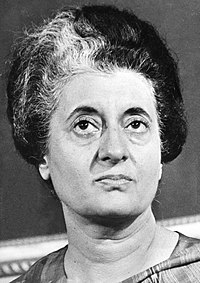
Photo from wikipedia
Background Imaging is recommended for selected children following urinary tract infections (UTIs) to look for actionable structural abnormalities. Non-E. coli is considered high risk in many national guidelines, but evidence… Click to show full abstract
Background Imaging is recommended for selected children following urinary tract infections (UTIs) to look for actionable structural abnormalities. Non-E. coli is considered high risk in many national guidelines, but evidence is mainly drawn from small cohorts from tertiary centres. Objective To ascertain imaging yield from infants and children <12 years diagnosed with their first confirmed UTI (pure single growth >100 000 cfu per ml) in primary care or an emergency department without admission stratified by bacteria type. Design, setting, patients Data were collected from an administrative database of a UK citywide direct access UTI service between 2000 and 2021. Imaging policy mandated renal tract ultrasound and Technetium-99m dimercaptosuccinic acid scans in all children, plus micturating cystourethrogram in infants <12 months. Results 7730 children (79% girls, 16% aged <1 year, 55% 1–4 years) underwent imaging after first UTI diagnosed by primary care (81%) or emergency department without admission (13%). E. coli UTI yielded abnormal kidney imaging in 8.9% (566/6384). Enterococcus and KPP (Klebsiella, Proteus, Pseudomonas) yielded 5.6% (42/749) and 5.0% (24/483) with relative risks 0.63 (95% CI 0.47 to 0.86) and 0.56 (0.38 to 0.83)), respectively. No difference was found when stratified by age banding or imaging modality. Conclusion In this largest published group of infants and children diagnosed in primary and emergency care not requiring admission, non-E. coli UTI was not associated with a higher yield from renal tract imaging.
Journal Title: Archives of Disease in Childhood
Year Published: 2023
Link to full text (if available)
Share on Social Media: Sign Up to like & get
recommendations!